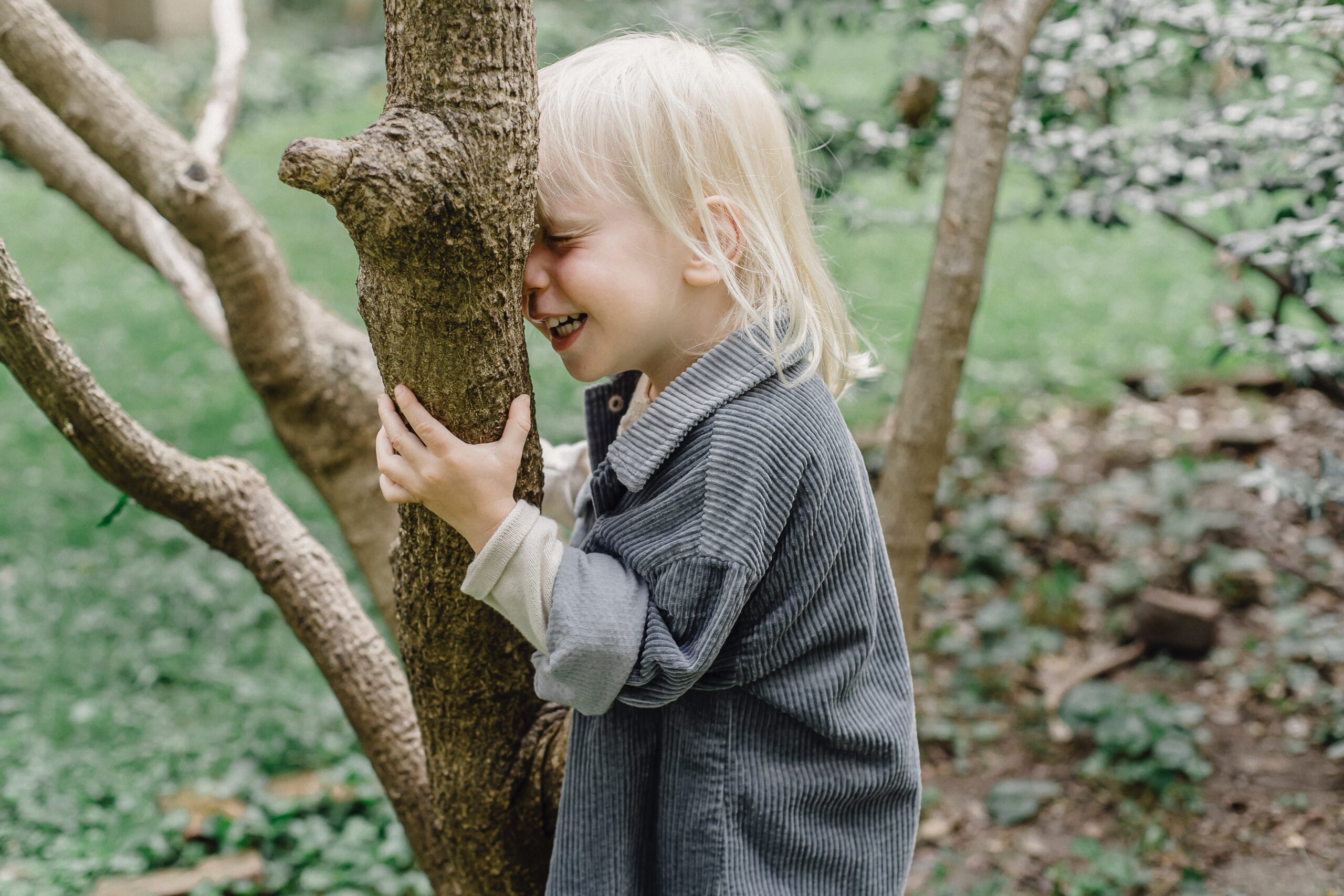
Be like a tree
Clare Campbell finds powerful life lessons amid the branches and roots …
Human beings were not made to drown in cement, asphalt, glass and metal. Our schools should not merely have concrete playgrounds and astroturf, our children need to be surrounded by trees, plants, and God’s wonderful creation.
Speaking as a headteacher here in Britain, there are currently only 47 trees per person in the UK, compared with 699 in the USA, 3,266 in Australia and a whopping 10,163 in Canada. If we want our children to learn to protect the environment for future generations, first we must realise that they must learn about it from experience. This starts in our homes, our schools and in our communities.
There they will learn to love nature, love the creatures that God created and love the earth. When you realise HEART and EARTH are spelled with the same letters, it all starts to make sense!
The tree of life is a motif around our school; you can find it in our forest school’s outdoor natural learning space, our forest-themed library, our forest-themed chapel and in our school hall. Trees have been on the earth since the third day of creation, according to the account in the Bible’s book of Genesis.
If trees didn’t exist, neither would we.

Wildlife depends on trees. They provide a home for birds, insects, small animals, and produce fuel for our lungs, our homes and our schools.
It is important for our children to recognise the essential role of trees in our world, to appreciate their beauty, their contribution, their example of steadfastness.
The tree of life is a symbol of growing and changing, from a tiny acorn, to a sapling, to a young tree, to the mighty oak. I like to think that our children experience a similar experience in school: a tiny child aged three arrives and begins to grow with us, is nurtured by us, is loved by us, learns with us and then leaves us to go onto their next stage in learning and life. This is the heart-breaking cycle for teachers year after year, time after time, child after child. But next year, there will always be little acorns again.
Our school is the trunk of the tree, solid and dependable; the children’s families, parents, brothers and sisters are the roots of the tree; and being a faith school, our parish feeds the tree. Their friendships are the branches of the tree and the leaves and fruits are the child’s learning and knowledge. For Christian educators, God is the earth that the tree lives and thrives upon. This relationship is an ecosystem – all parts are reliant on each other to nurture the children and let them thrive and bear fruit.
There’s a popular Chinese proverb that says: “The best time to plant a tree was 20 years ago. The second best time is now.” So if you want success and growth in the future, the best time to act is the present. Even the most concrete playgrounds can grow the tallest, strongest trees. Planting a tree is a very spiritual experience for me. In my lifetime I have planted trees at every home I have ever lived in and at every school I have ever worked at.
I aim for each child in my care to have this spiritual experience of planting a tree, no matter how small the tree or the child.
The Woodland Trust is an amazing charity in the UK dedicated to conservation. They donate packs of saplings to schools and each year we work with them to plant trees in our school grounds.

The first few fruit trees I planted in my first term at my school are now bearing fruit and provide shade, oxygen and shelter for wildlife. Each year our nursery and reception classes look after butterflies and watch them change from the tiny egg, to the caterpillar, to the pupa, and finally into the butterfly. They see them unfold their delicate wings and we go out into our forest school and release them near the trees.
Imagine my delight when I was showing some parents and prospective nursery pupils our forest school area and we walked past a willow tree we had planted. As we brushed past the willow, a cloud of spectacular, brightly coloured butterflies took flight. It was a remarkable moment of natural beauty and I felt overwhelmed with awe for God’s beautiful creation.
Last year we worked with City of Trees and the Woodland Trust. City of Trees will come into UK schools to work with the children and to ensure that the ground is prepared for the new saplings. They will supervise the tree planting with the children and return to check that the trees are growing and thriving.
We had a very memorable, special and busy day: 250 children and 70 adults, staff and volunteers, each planted a tree in our school grounds. Trees of all shapes and sizes and a wide variety of native British species. I am looking forward to watching them grow and shape our landscape over the coming years.
The children know that a small part of them will remain at our school, long after they have grown up and left us.
Be like a tree – stay grounded.
Connect with your roots.
Turn over a new leaf.
Bend before you break.
Enjoy your unique natural beauty.
Keep growing.
Joanna Laptis
Trees have a symbolic value too, with their roots in the earth and their branches reaching up to heaven. For Christians like me it is also very significant that Jesus was the earthly son of a carpenter and in his younger years would have worked with dead wood in carpentry. Then there is the symbolism of the dead wood of the cross on which he died. The wood of sacrifice and death through Jesus becomes the new ‘tree of life’ in Christian theology, with Jesus himself as its most precious fruit.
This becomes even more powerful when one remembers that, according to the Judeo-Christian tradition, it was precisely through a tree, in the Garden of Eden, that sin and death first entered the world, when Adam and Eve ate the forbidden fruit. Christian liturgy and spiritual writing have frequently returned to this theme.
While I fully appreciate that those who aren’t Christian will not see trees with the same spiritual eyes as those who are, I think most people would agree on the beauty of trees and how they can be a powerful metaphor to express human growth. And it is therefore an important part of children’s education that they be surrounded by and grow up with trees, as a constant reminder to them of what they can aim at.

After all, isn’t education all about roots and shoots? Helping young people be rooted in the good traditions of their culture, so that they too can flourish and reach to the skies.
But as education is also teaching people to live for others and not just themselves, trees offer one final lesson. The branches of trees offer support for birds to make their nests or simply to rest on and for a whole ecosystem to develop around the tree. So trees too can help our children understand that life is only fully achieved when it becomes a gift to others.
Like what you’ve read? Consider supporting the work of Adamah by making a donation and help us keep exploring life’s big (and not so big) issues!

